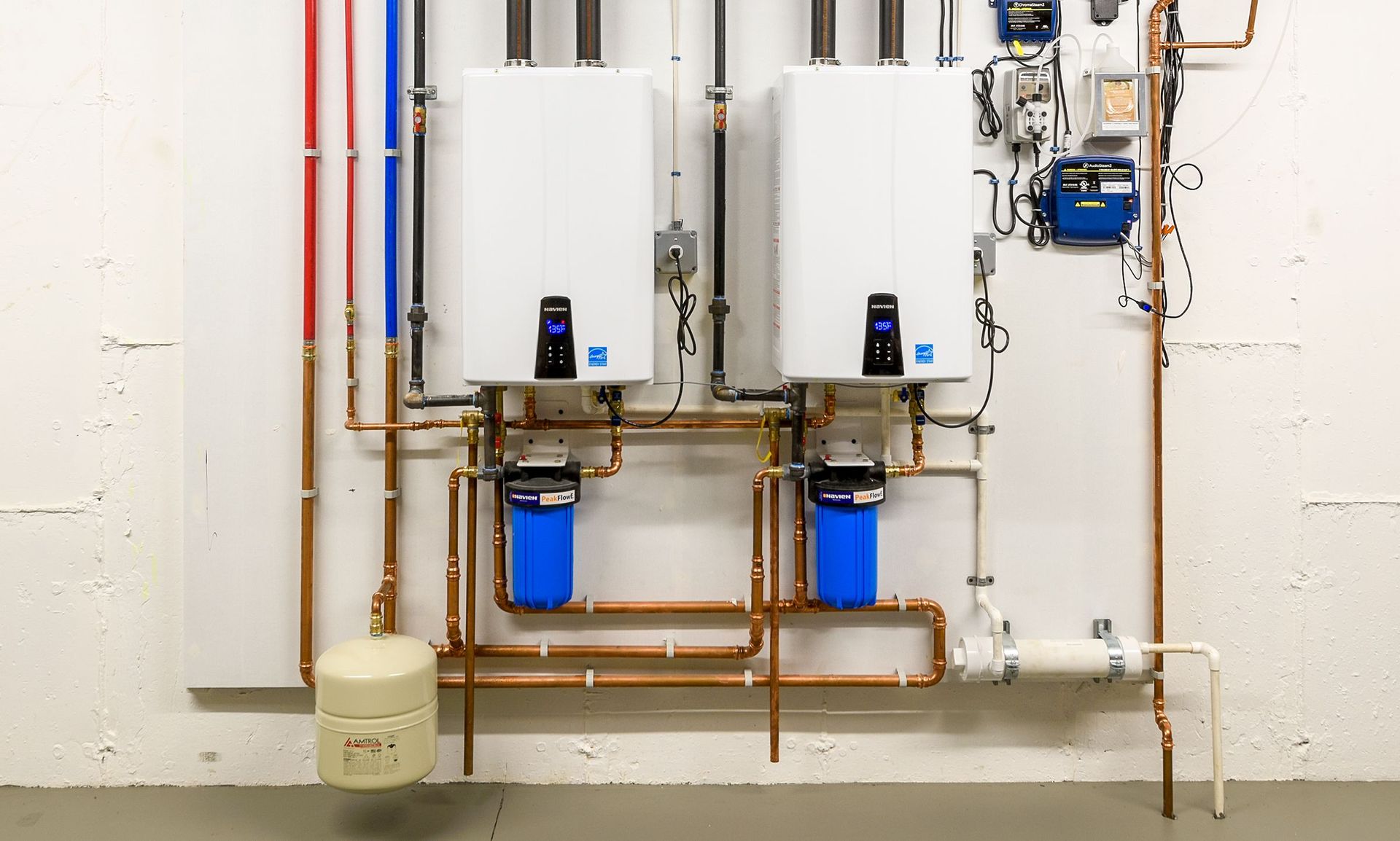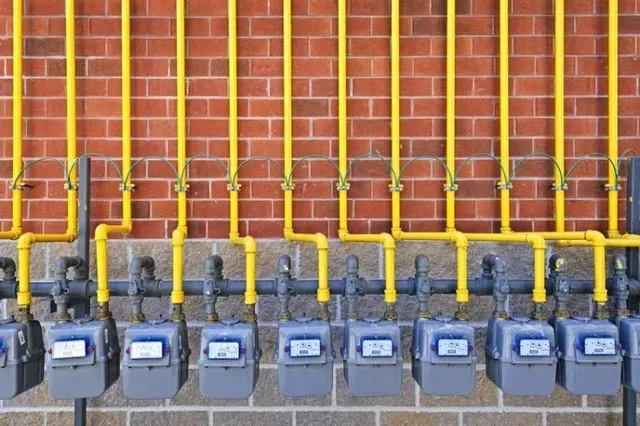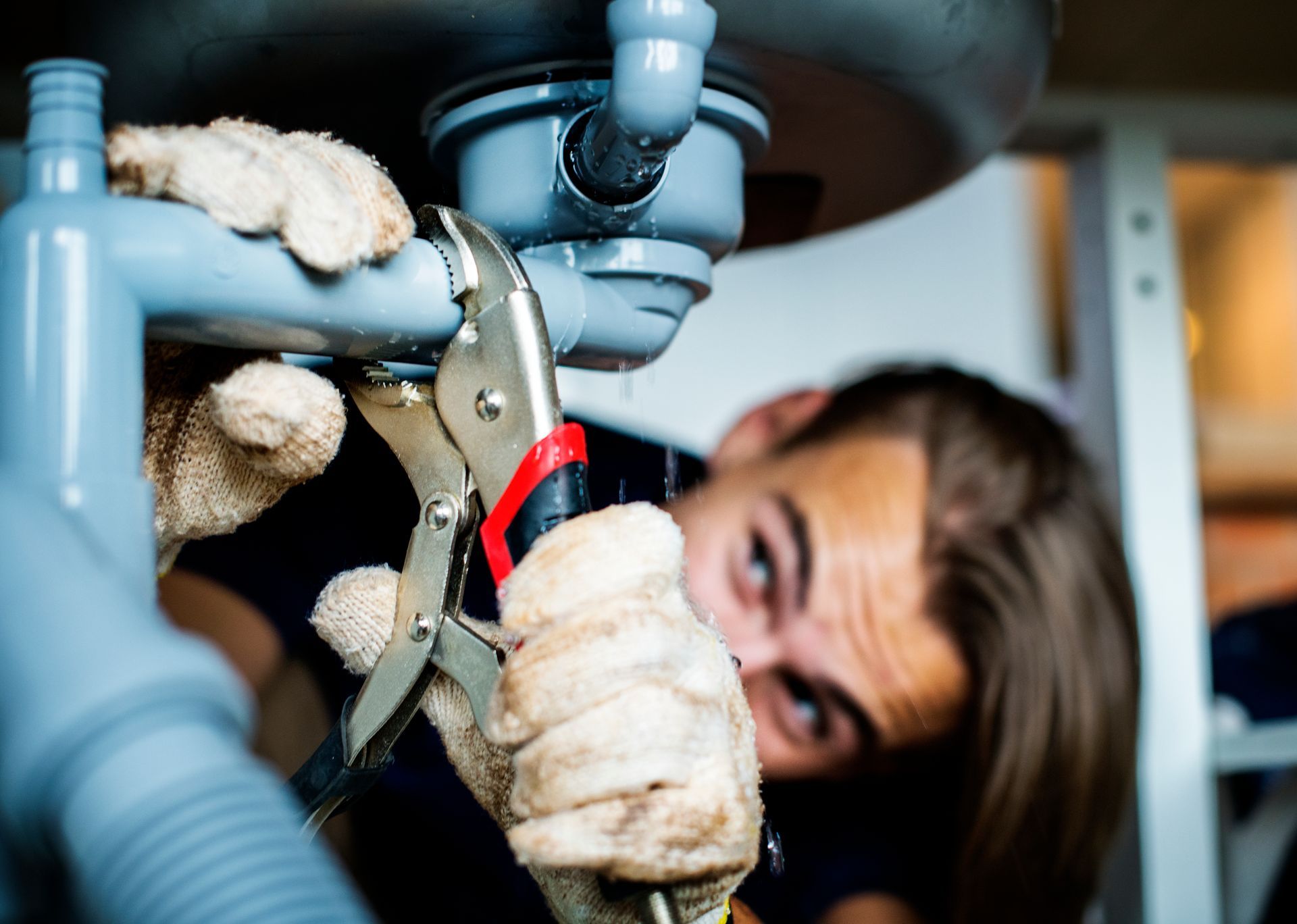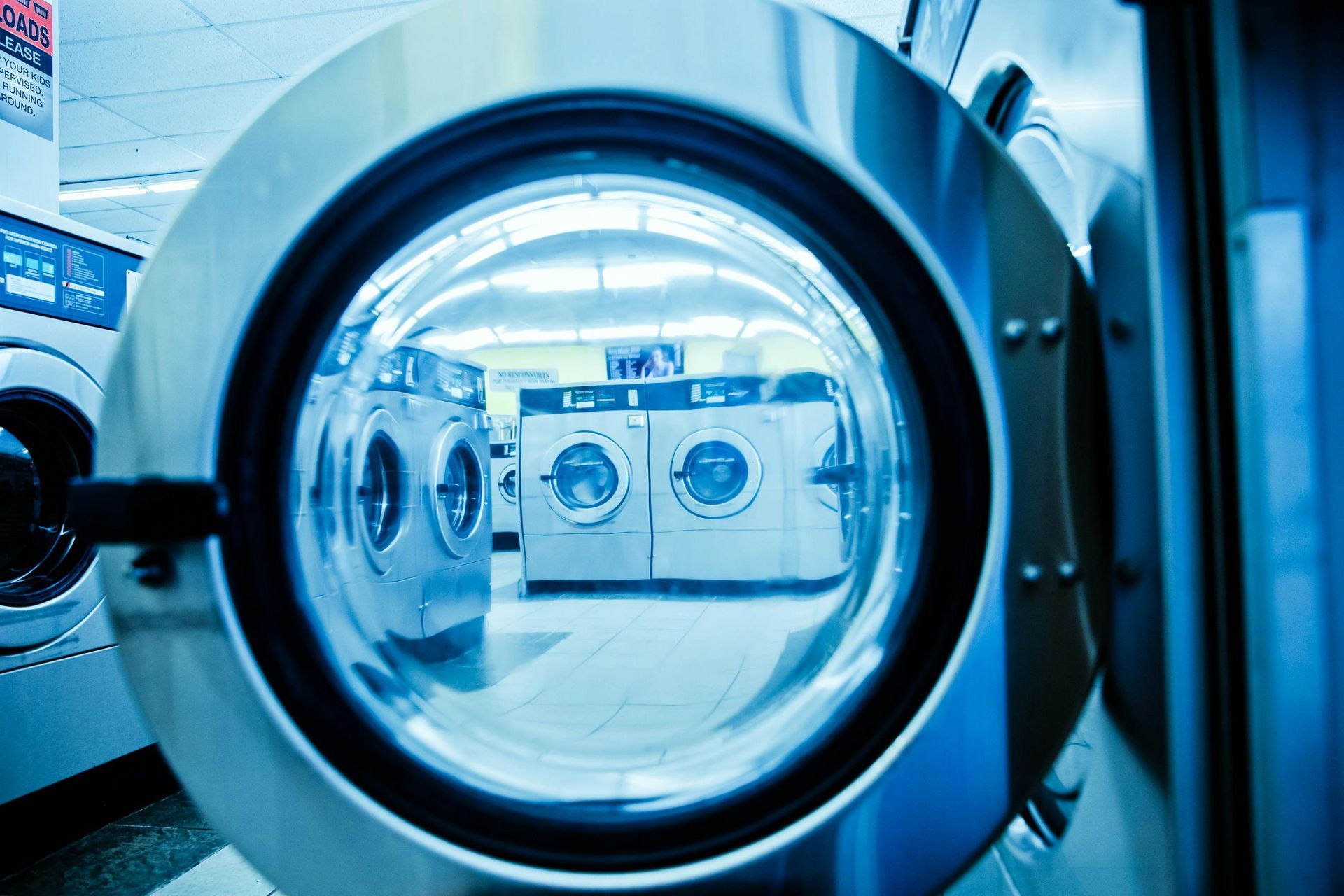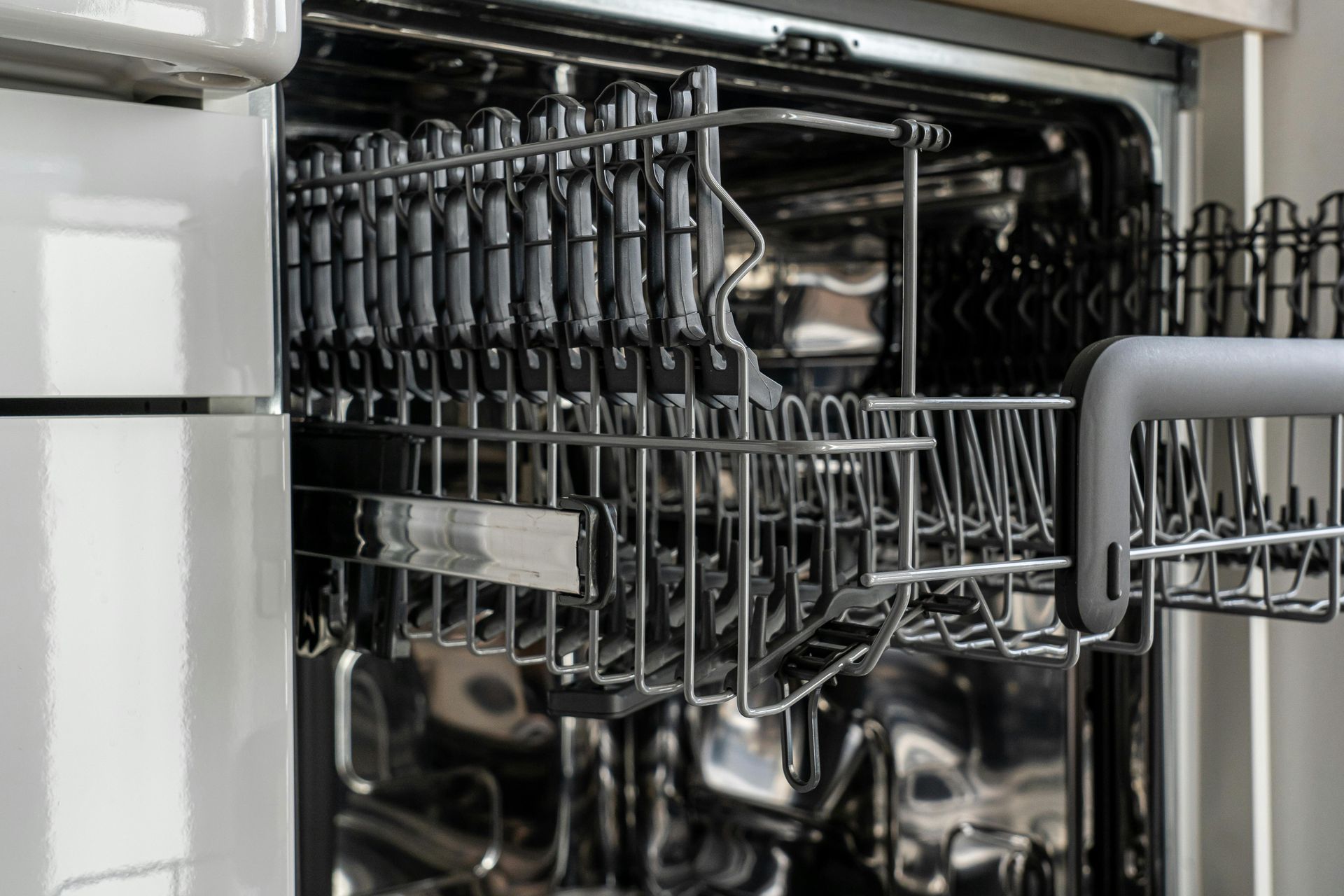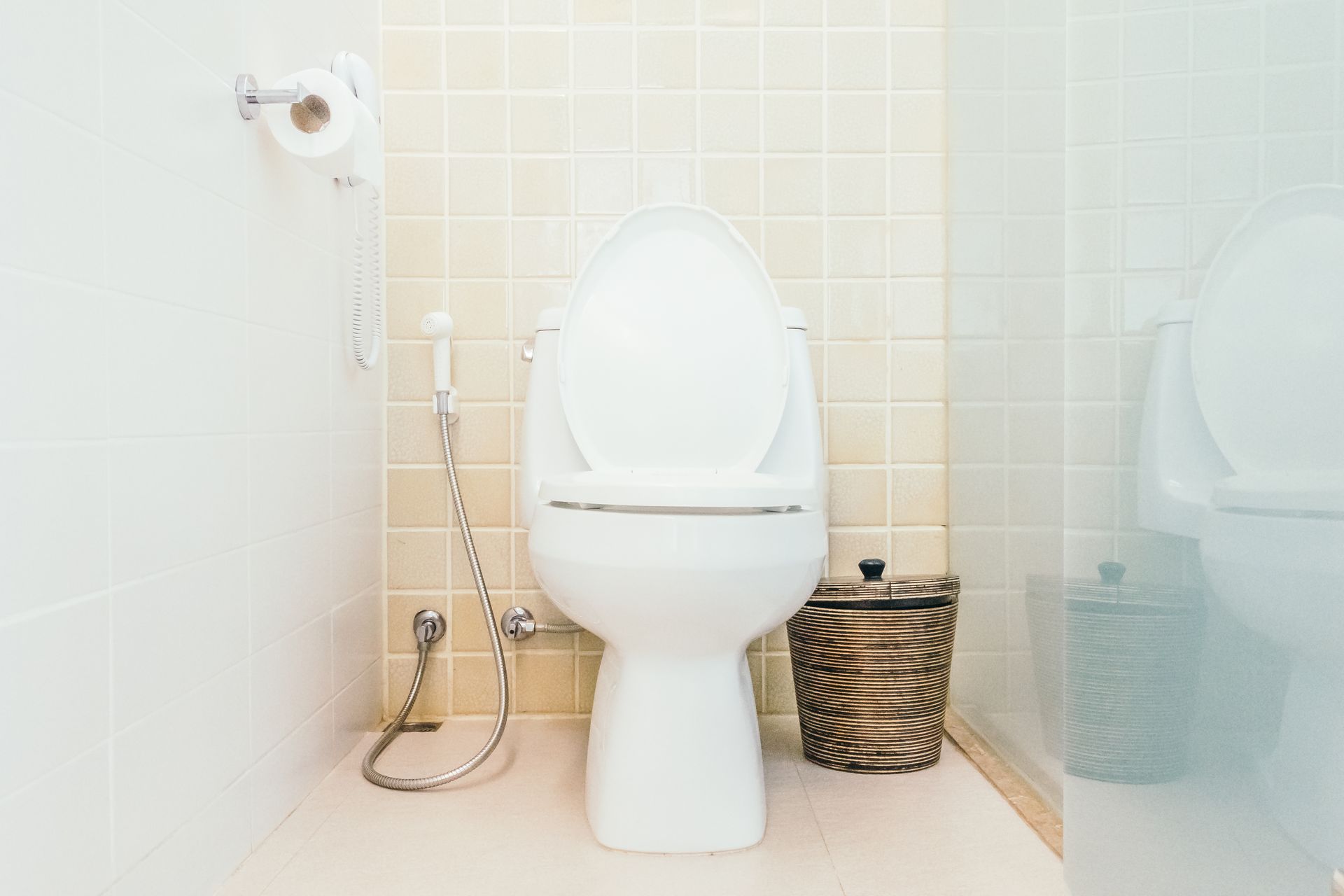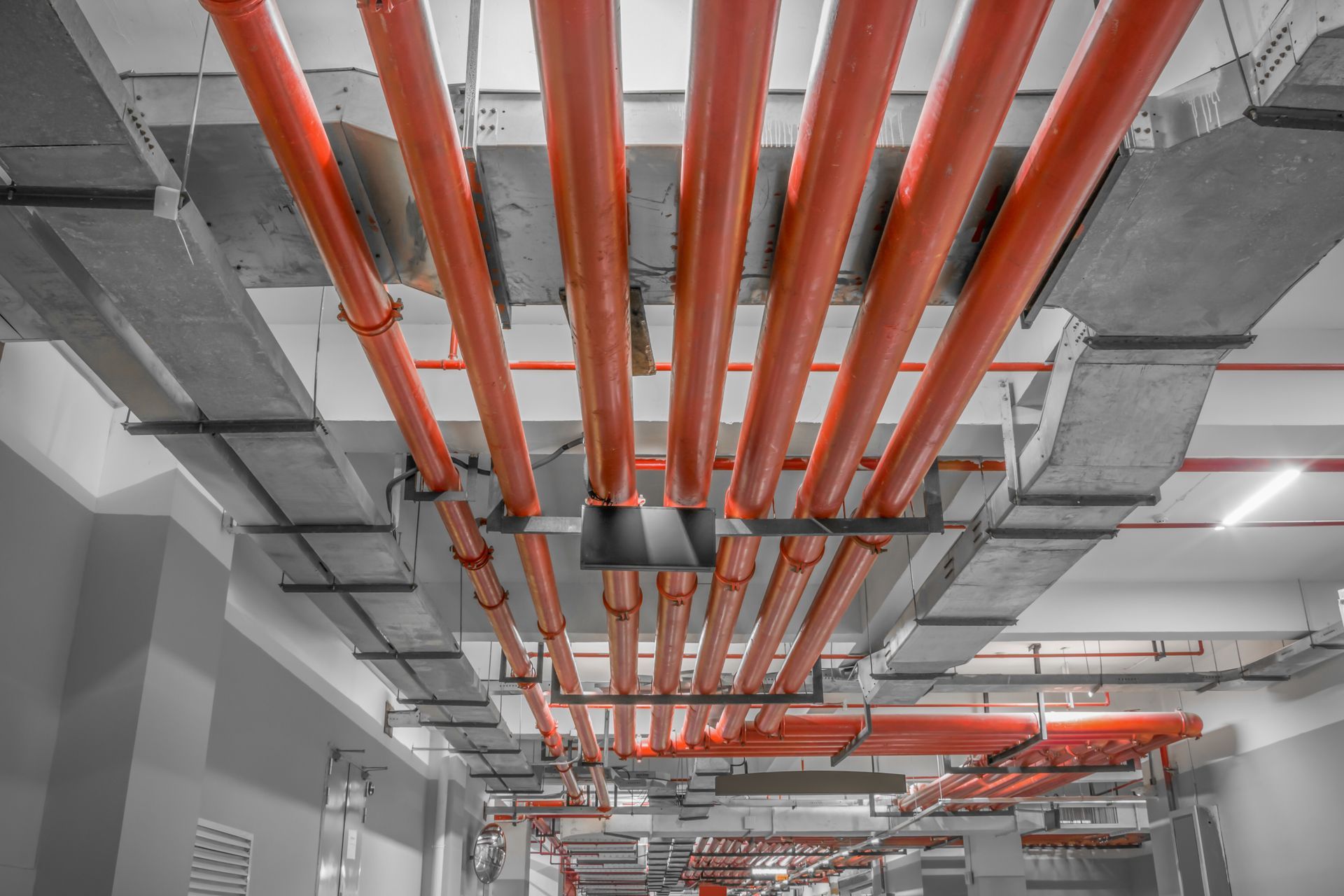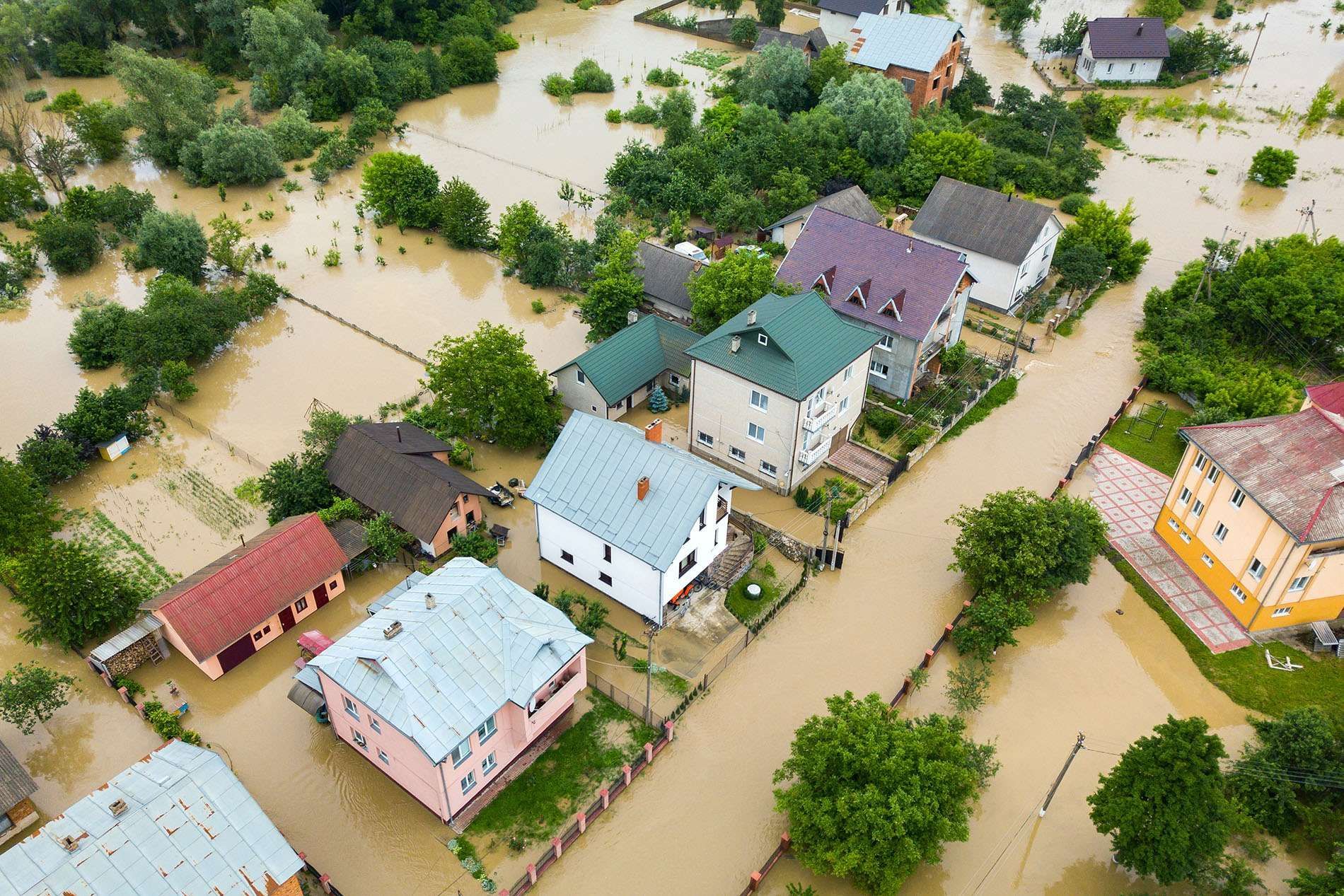Low Water Level in Your Toilet and How to Fix It
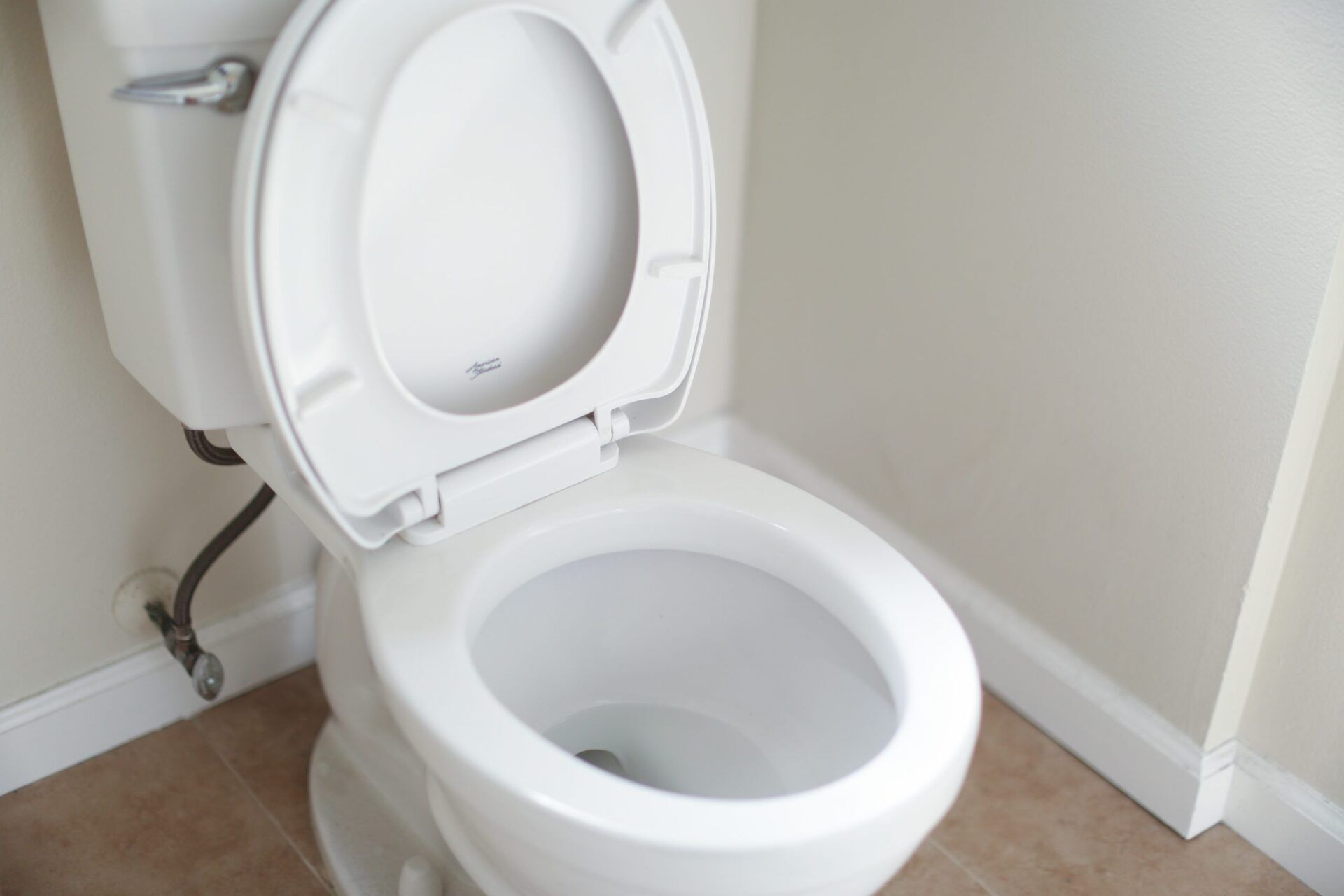
There is no feeling as helpless as walking into the bathroom to find a commode that isn’t working as it should. Of all the things that can break down in your home, the toilet is arguably the worst. It could be making strange noises, not filling up as it should–but as long as the bathroom isn’t overflowing, everything should be fine, right?
Not exactly. If your toilet has a low water level, that can be a signal of broken or faulty equipment. These problems can lead to more significant issues in the future, so it is crucial to address the problem when it arises. In this post, we will look at some ways you can correct a low water level in your toilet.
Check the Basics
Before doing anything else, ensure that the water running to your bathroom is turned on and functioning correctly. You will also want to check the shut-off valve on your toilet to make sure your toilet has access to water. If the water in your bathroom and your toilet’s shut-off valve are working correctly, you’ll need to move on to the following potential causes.
Check the Fill Tube
A damaged fill tube is the most common culprit for a low water level. The fill tube’s job is to allow water to flow into the toilet each time it is flushed. As you can imagine, the fill tube gets worn down over thousands of flushes. It can sometimes unclip from the vertical, wider tube it connects to (the overflow tube). If the tube is damaged or unclipped, it causes the water flow to cut off before the toilet tank is appropriately filled.
To examine your fill tube, lift the lid to the toilet tank and set it aside. Locate the fill tube–it is a small, flexible plastic hose. It usually is black or clear in color. Once you have located it, check to see if it looks damaged. If so, you will need to replace the fill tube–an easy solution with a trip to your local hardware store. If it is not appropriately connected to the overflow tube, simply place it back in the cylinder.
Check the Fill Valve
Another possible issue could be the toilet’s fill valve . This piece inside the tank controls how much water enters the tank after flushing. If the valve is damaged or broken, the tank cannot fill to the proper level. In turn, your toilet bowl won’t fill to the correct level either.
Sometimes, a simple adjustment to the fill valve is enough to solve the issue. Since different toilet fill valves operate with different mechanics, it is essential to check the manufacturer’s manual. You can purchase a replacement at your local hardware store if you find a problem with your fill valve. In many cases, that will get the job done!
Call A Professional Plumber
While you can often find a DIY fix to fix low water levels in your toilet, hiring a professional certainly eliminates the hassle of finding a solution. The previous solutions didn’t work for you? The following causes of a low water level in your toilet will most likely require professional assistance.
A blocked sewer vent line could be causing your issue. These vent lines run from your bathroom to the outside of your house and allow sewer gas to escape when the toilet flushes. To determine if there is a blockage in your sewer vent line, you will need to enlist the help of a professional plumber to inspect it.
Usually, when we think about a toilet clog , we picture an overflowing toilet and a plunger. Yes, that is one type of clog that can do damage. However, some other clogs aren’t so quickly resolved. Some clogs can siphon water away from the toilet bowl. A professional plumber can easily examine the pipes, determine the issue, and correct it.
Rarely, you may experience a cracked toilet bowl –especially if your toilet is older. Water can escape through even the most minor of cracks, creating low water levels. You will need to either seal the damage or replace the toilet. Both of these options are easiest done with a professional plumber.
Conclusion
While a low water level in your toilet bowl seems like an innocent problem, this issue can be a symptom of a much more significant (and costly) problem. By addressing the issue early, you can help prevent further damage to your toilet.
While this blog has equipped you to diagnose and repair many of the issues yourself, sometimes it is best to call in the professionals. When searching, it is crucial to locate professional plumbers who are highly experienced, knowledgable, and licensed. If you need assistance with your toilet’s low water level (or other plumbing problems) in Birmingham, Alabama, give All City Plumbers a call today ! We are a family-owned company here to help with all of your plumbing needs.
